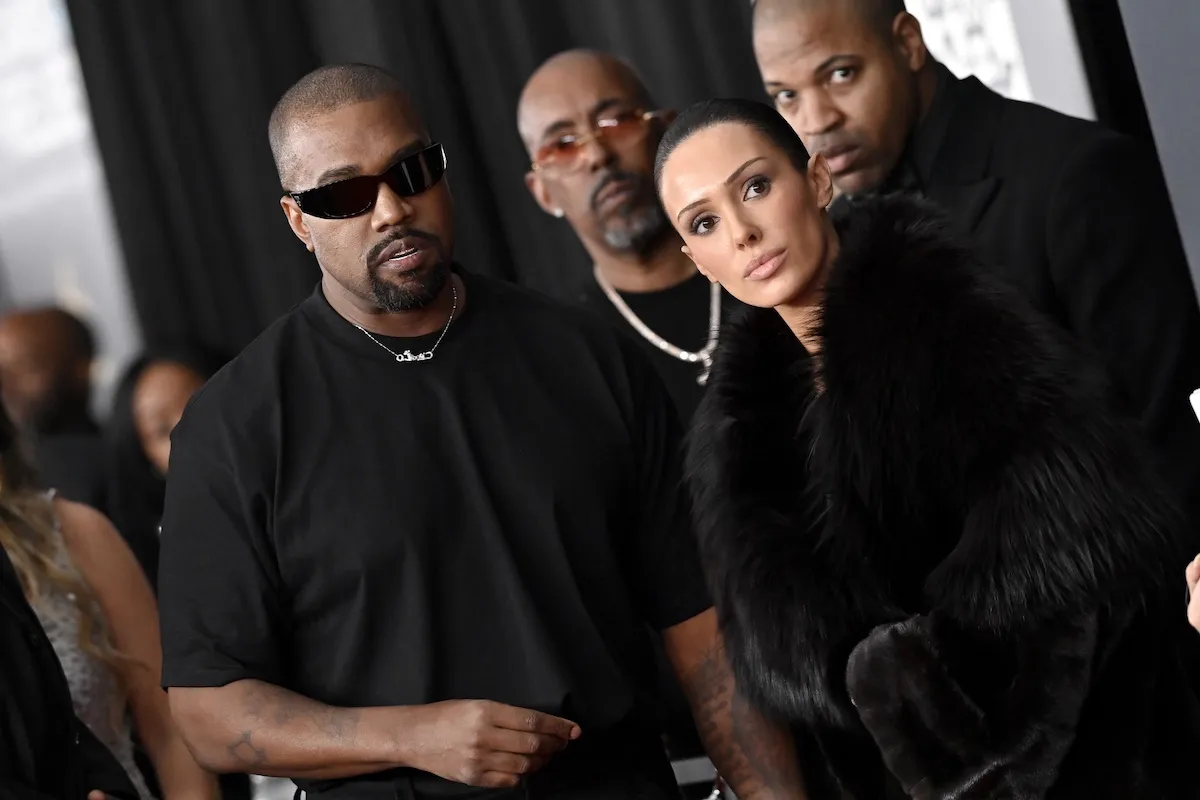
How Joanna Gaines’ Back Injury Stresses the Catastrophic Dangers of Cheerleading
For most adults, high school is a long-ago reality. However, memories — or injuries — sometimes linger well into adulthood. That’s the case for Joanna Gaines. In the decades since graduating from high school, the HGTV star has married the love of her life, Chip Gaines, raised five children with him, and launched a multimillion-dollar home goods empire. However, Joanna Gaines also carries a nagging back injury, highlighting the dangers of high school sports.
Cheerleading has changed dramatically since Gaines hoisted her pompoms. New rules have reduced the chances that today’s cheerleaders become injured like the HGTV star.
The ‘Fixer Upper’ star occasionally shows off her high school cheerleading skills

In interviews, Joanna Gaines has shared that she felt like an outcast in elementary and middle school because of her Korean-American heritage in a primarily white hometown. But she later found her stride in high school, particularly when her family moved to Waco, Texas. She eventually became the homecoming queen and a cheerleader.
Though Gaines doesn’t discuss her high school years often, she sometimes shows off the gymnastics and cheer skills she picked up during that time. In 2017, the Magnolia co-founder shared a photo of an airborne kick while jumping on a prop bed.
“I’m not sure if this is an old cheerleader move from high school or a ninja kick to the face, but me jumping on a bed means one thing … #furniturecamp!” she wrote on Instagram.
In a 2019 post, Gaines shared a video of her daughter Emmie Kay at gymnastics practice. After the girl finishes her turn, the interior designer sneaks onto the mat and attempts a back walkover. Gaines lands on her knees, laughing at the failed attempt. “When you think you still got it … but you don’t,” she captioned the lighthearted Instagram post.
Joanna Gaines’ back injury recently required a 2nd surgery to address her pain
It’s evident Joanna Gaines picked up a thing or two from her cheerleading days, but she also kept a back injury that has plagued her occasionally with back pain. In late December, the Fixer Upper star shared a photo showing her lying in a hospital bed while throwing up a peace sign for the camera.
“I hurt my back in high school from cheerleading — basically a basket toss turned back injury, and I’ve been dealing with it ever since,” Gaines wrote on Instagram.
Gaines, 44, has been dealing with back pain for decades. She had her first spinal surgery on a herniated disc in 2001, forcing her to cancel her second date with Chip. Her second microdiscectomy was this past December, requiring “forced rest” during the holidays.
According to the University of Southern California, a microdiscectomy is a minimally invasive procedure that typically takes about an hour in a hospital setting. Patients can often return home within 24 hours, though they are required to rest and often cannot drive or even have a light workload for more than a week. The recovery process can take months, depending on the patient’s circumstances. Physical therapy is often part of the health regimen following the procedure.
Cheerleading rules have changed since Joanna Gaines injured her back
A basket toss — the cheerleading maneuver that led to Joanna Gaines’ back injury — is when multiple cheerleaders lock hands and toss another cheerleader into the air. In the United States, cheerleading guidelines show that basket tosses can start on Level 3 of 7 on the difficulty scale. However, tosses with multiple skills are at the upper end of that spectrum, according to The Cheerbuzz.
Dr. David Geier, an orthopedic surgeon based in the Carolinas, writes on his website that a “catastrophic” injury is “one that causes permanent spinal injury and paralysis.” He cites statistics from 2012 showing that cheerleading accounted for 65% of catastrophic injuries to female student-athletes at the high school level.
Geier notes that beginning in 2002, the governing boards of national cheerleading competitions implemented several rule changes to make the sport safer. For example, in the 2006-07 academic year, high school and college athletes were forbidden from attempting basket tosses on hard surfaces like basketball courts. In the ensuing years, researchers found that catastrophic injuries from basket tosses decreased by 74%.
Joanna Gaines may have lingering effects from her basket toss gone wrong, but fewer student-athletes will sustain the same injuries thanks to the rule changes.


